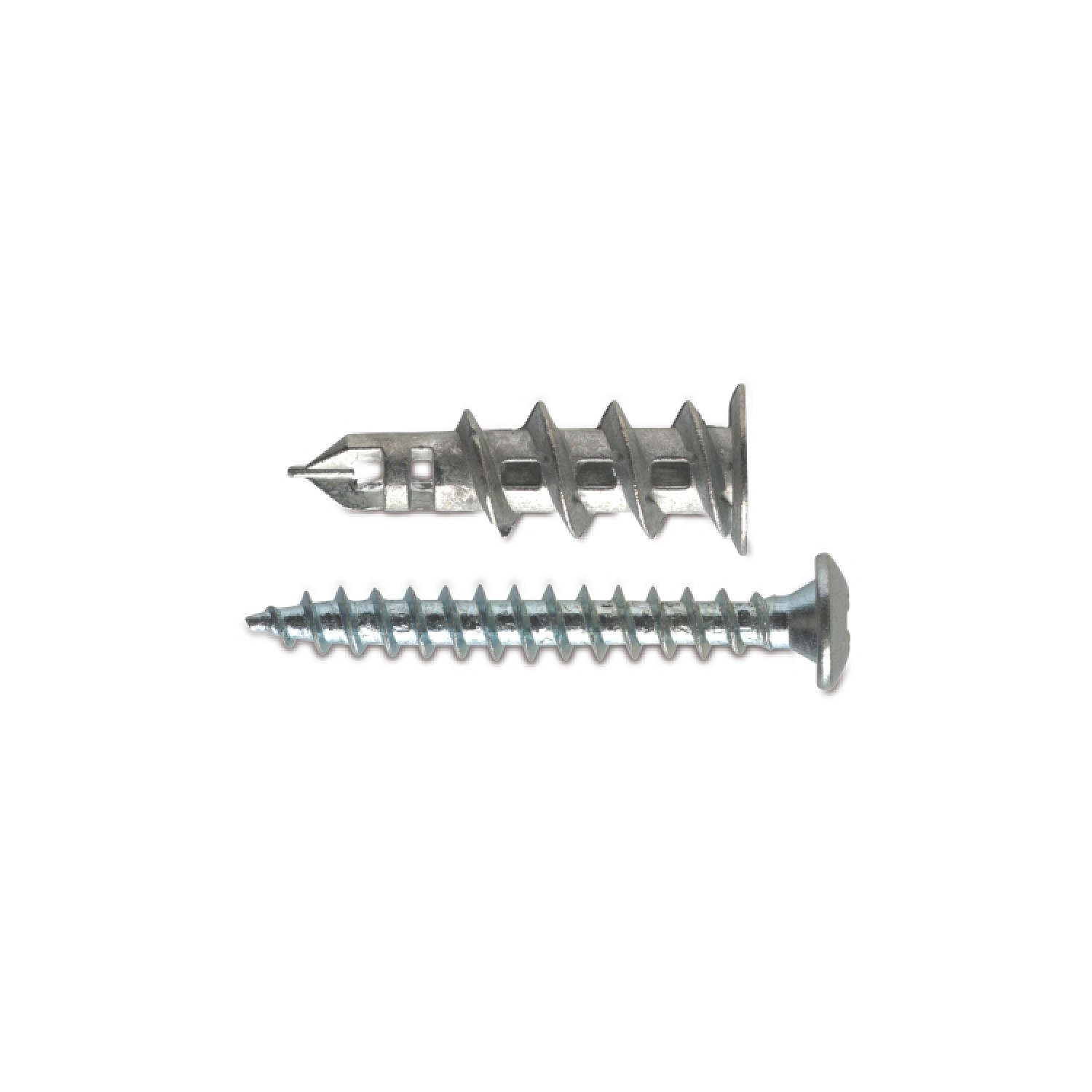

To further examine the potential for unit splitting prior to the failure modes identified in current design approaches, a laboratory campaign investigating masonry unit properties and anchor pull-out capacities, covering quasi-static, cyclic and impact loading of anchors and also incorporating the influence of quality of installation is reported here.

This finding is in contrast to current design approaches that only consider failure via the formation of a cone or wedge, or masonry unit extraction. Recent in-situ pull-out tests of anchors in vintage masonry structures has identified that in these tests, the failure is predominantly via splitting of the masonry units.

In addition, it appears that splitting failures may occur in smaller masonry assemblies and further work must be conducted to determine if this is a testing protocol artifact or a failure mode that can be realistically expected in the field such as the proposed shear bearing model.Finally, results of combined shear and tension load tests, appear to suggest that the interaction equation for anchors used in grouted cavities in masonry assemblies is a power function, with a value between 1.4 and 1.67.įailure of unreinforced masonry following the 2011 Christchurch earthquake demonstrated that many masonry strengthening solutions were inadequate for the peak ground accelerations that were experienced, and also that many of the failures were associated with underperformance of masonry anchors. The masonry break out equation does not appear to accurately predict the splitting/prying masonry failures observed with these large diameter anchors. However, unaccounted for tension splitting/flexural modes appear to be present in larger anchor diameters.The investigations also suggest that the shear load provisions in the MSJC appear to be adequate when predicting the capacity of smaller diameter bolts, but they can be very unconservative for shear load capacities for bolts above 19 mm in diameter.

It was determined that with the exception of the American standard (MSJC), most provisions for connections for masonry require anchors to be designed using some form of performance based criteria.The MSJC uses design equations to predict anchor behavior and an evaluation of these equations using recent published test results suggests that the nominal tension anchor bolt capacity equations appear to give relatively good results at smaller anchor diameters. A review of the methods used to design anchors for masonry in Canada, Australia, New Zealand, Europe and the United States was conducted.


 0 kommentar(er)
0 kommentar(er)
